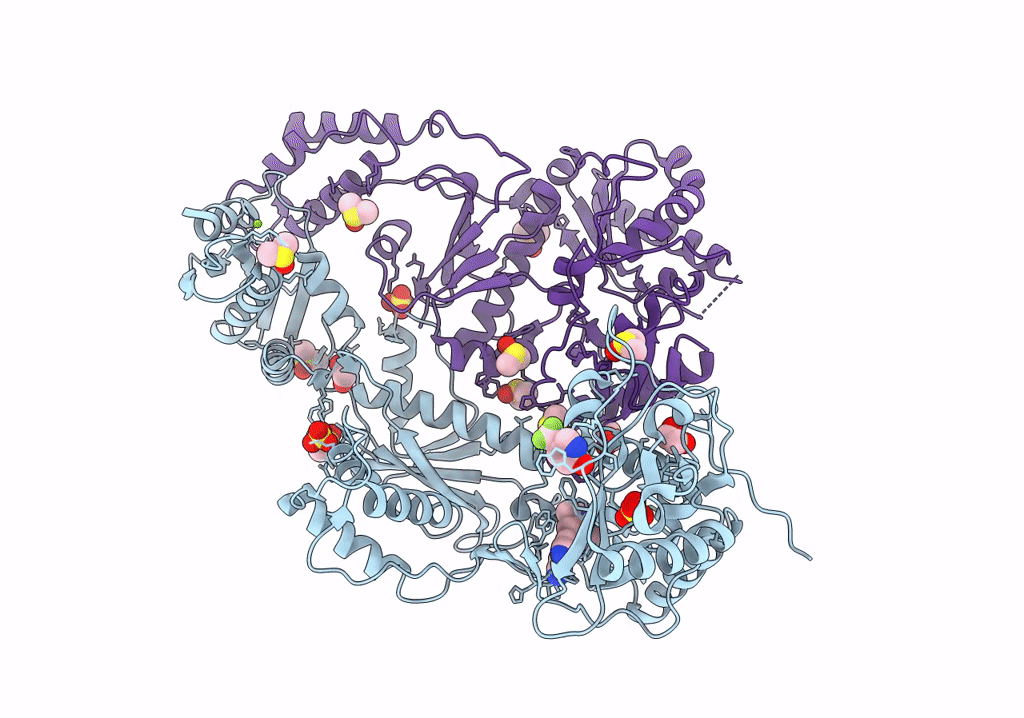
Deposition Date
2022-08-02
Release Date
2023-05-31
Last Version Date
2023-10-25
Entry Detail
PDB ID:
8DXG
Keywords:
Title:
HIV-1 reverse transcriptase/rilpivirine with bound fragment 5-(trifluoromethyl)pyridin-2-ol at W24 site
Biological Source:
Source Organism:
Human immunodeficiency virus type 1 BH10 (Taxon ID: 11678)
Host Organism:
Method Details:
Experimental Method:
Resolution:
2.10 Å
R-Value Free:
0.22
R-Value Work:
0.20
R-Value Observed:
0.20
Space Group:
C 1 2 1


